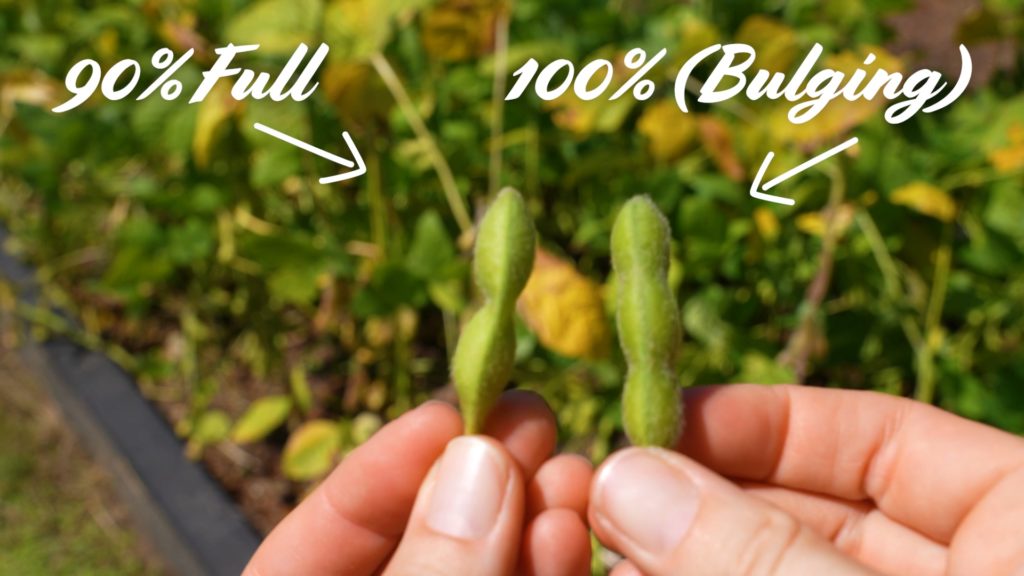Soybeans are an incredibly versatile crop grown across the United States. From edamame to oil to animal feed soybeans have a wide range of uses. But knowing when to harvest soybeans is critical to maximizing your yields and profits. In this article I’ll walk through the key factors farmers need to consider when deciding when to start soybean harvest.
Soybean Growth Stages
To figure out when to harvest, it’s important to know how the soybean plant grows. There are two main stages .
-
Vegetative Stage: From planting to flowering, this stage involves emergence, leaf development, and branching.
-
From flowering to maturity, the reproductive stage includes flowering, pod development, seed development, and maturity.
Soybeans are ready for harvest during the reproductive stage, once pods are fully mature and dry. This typically occurs around late September to November, depending on your location and weather conditions.
Assessing Pod Maturity
The first thing to look for when scouting your soybean fields is pod maturity. Mature soybean pods will be brown or tan in color. The beans inside will be plump and yellow.
To check maturity, open up a few pods and inspect the beans. They should be firm and detached from the inner pod wall. Immature beans will still have some green color and adhere to the pod wall.
You can also check pod moisture using a moisture tester. Soybeans are ready to harvest around 13-15% moisture content.
Monitoring Plant Maturity
Watch the overall plant maturity as well as the pod maturity. As plants reach full maturity, you will notice:
- Leaves turning yellow and dropping
- Stems drying and turning brown
- Pods dropping to a lower position on the stems
Once most leaves have dropped and pods are lowered, the plants are often ready for harvest. Avoid waiting too long, as pods can shatter and spill beans onto the ground.
Weather Conditions
Weather is a critical factor influencing soybean harvest timing. Ideally, harvest when conditions are dry and cool to minimize field losses. Wet weather can delay harvest and lead to quality reductions.
Frost or freezing temperatures can also damage soybeans, so aim to harvest prior to the first fall freeze in your area. Monitor the weather forecast as harvest approaches.
Soybean Variety and Maturity Group
Different soybean varieties have different optimal harvest times depending on their maturity group. Early-maturing varieties can often be harvested in August or early September. Later-maturing varieties are best harvested from mid-September through November.
Always consider your specific variety’s maturity date when making harvest decisions. Use relative maturities of varieties planted on your farm.
Intended Use
The intended use of your soybean crop also influences ideal harvest timing. Soybeans grown for food use are harvested later, when beans are fully mature. Beans destined for oil or animal feed can often be harvested slightly earlier at higher moistures.
Work with your grain buyers to determine optimal timing for the end uses of your soybeans.
Field-by-Field Decisions
Keep in mind that harvest timing will vary across your different fields. Factors like planting date, soil type, and weather exposure can all impact maturity.
Scout fields individually as harvest approaches to pinpoint optimal timing in each field. Stagger harvests across fields to maximize efficiency.
Harvest Tips
-
Inspect equipment and have spare parts on hand prior to harvest to minimize downtime.
-
Start harvesting your earliest maturing fields first.
-
Adjust combine settings as needed to minimize losses.
-
Avoid harvesting soybeans in the early morning or late afternoon when moisture is very high or low.
-
Store beans properly after harvest to maintain quality. Cool, dry storage is ideal.
Determining the perfect harvest window for soybeans is part science and part art. There are many factors at play, but focusing on pod maturity, plant maturity, and weather will lead you in the right direction. Pay close attention to conditions in each individual field, and be flexible to take advantage of favorable harvesting conditions when they arise. With careful planning and scouting, you can maximize both soybean yield and quality this harvest season.


